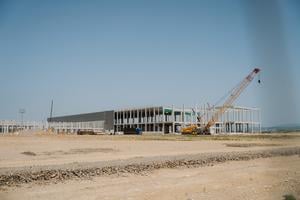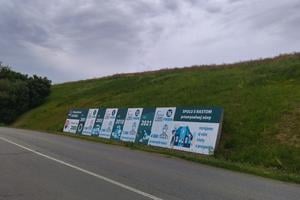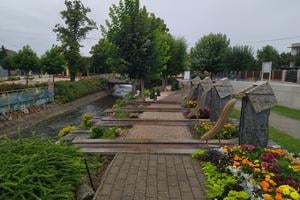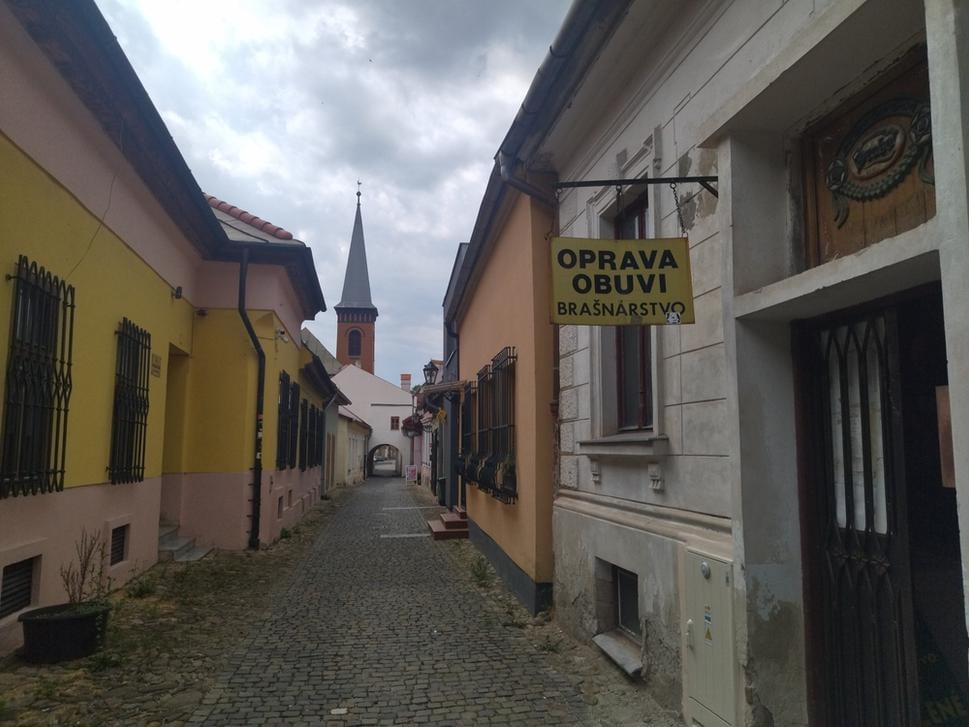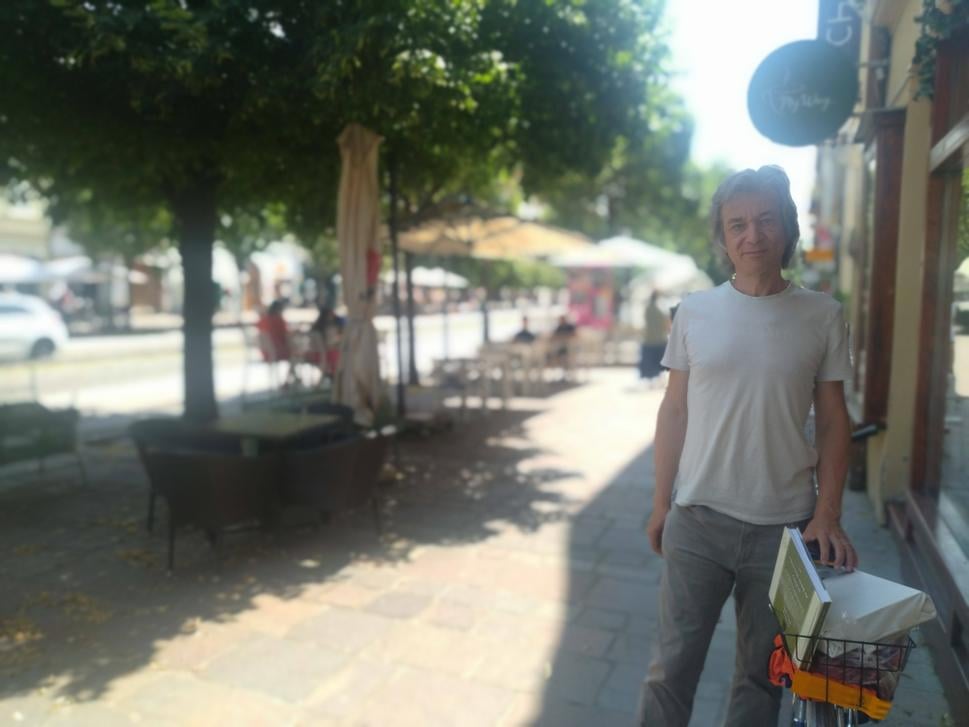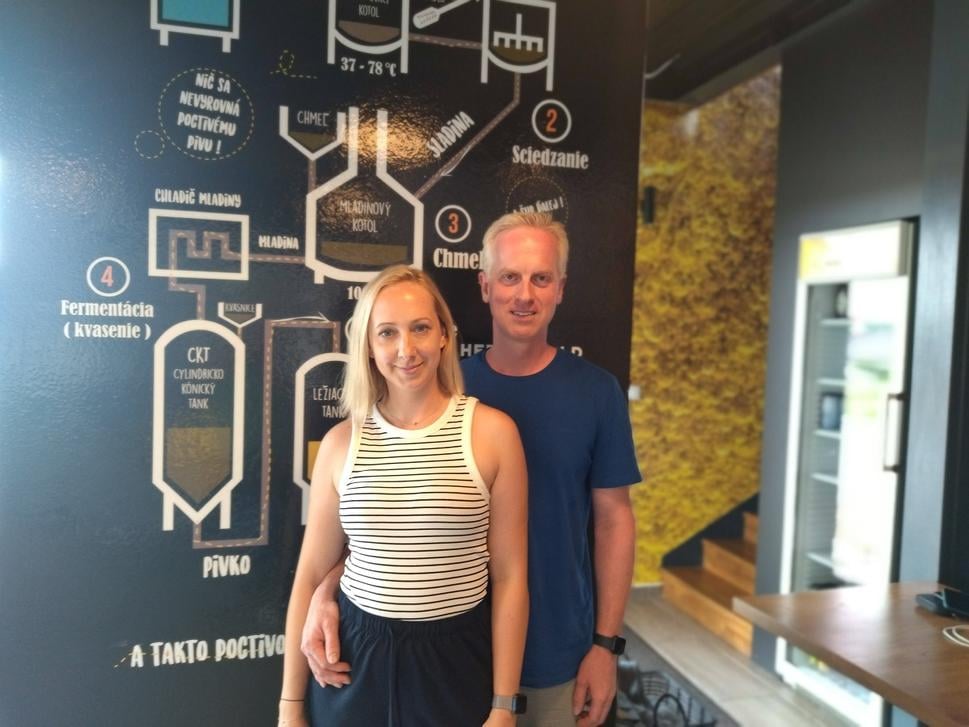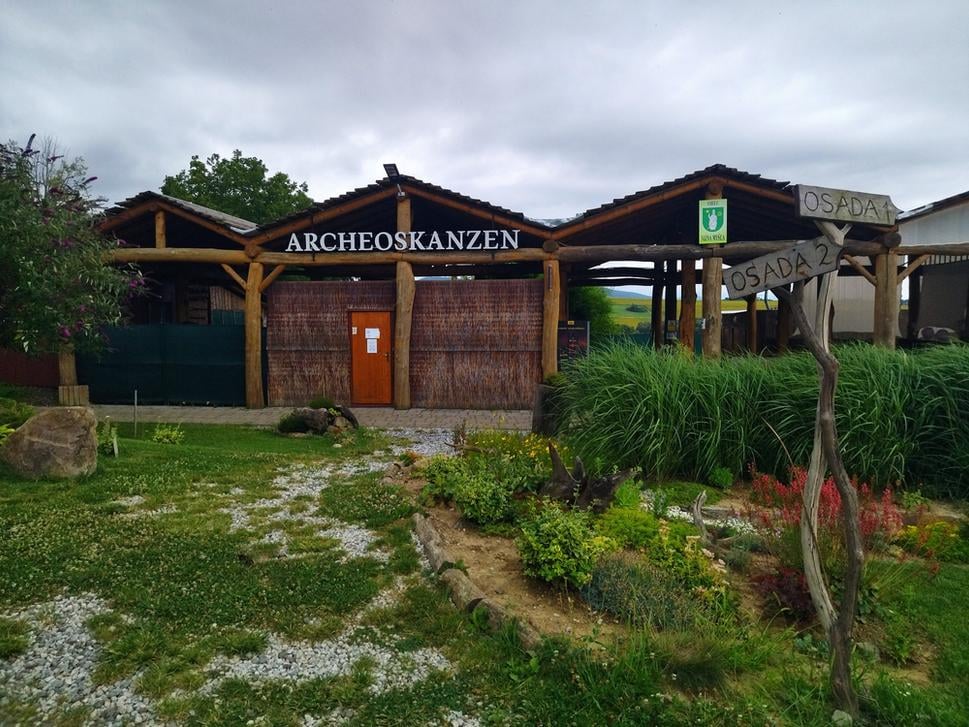You can read this exclusive content thanks to the FALATH & PARTNERS law firm, which assists American people with Slovak roots in obtaining Slovak citizenship and reconnecting them with the land of their ancestors.
As you step off the train and into the heart of Košice, passing through a sprawling park, you get the feeling that Košice is a green city. Just moments later, you will be captivated by the late Gothic Jacob's Palace and the historic city centre, which blends compact charm with grandiose allure. Discover region on the border between Western and Eastern European culture with our Košice region travel guide.
The protected monument reserve in Košice is larger than in Bratislava.
In the Middle Ages, Košice was one of the most important cities in the Hungarian kingdom, of which the territory of today's Slovakia was part. Hlavná ulica (Main Street) is lined with about a hundred protected buildings, including churches, palaces, and monasteries.
The noble houses in Košice are typically named after Hungarian nobles such as Csáky, Forgách, or Andrássy. Although originally a mix of German, Jewish, Hungarian, and Slovak, Košice became a mostly Hungarian city in the late 19th century. It became a Slovak city during the existence of Czechoslovakia due to its predominantly Slovak surrounding area.
Below is a map with all the major sights in the region:
Many of the historical buildings can be found along Main Street, which is shaped like a lens. The city centre is well preserved, with historical buildings reflecting different architectural eras.
Main Street is home to Renaissance, Classicist, and newer buildings from the turn of the 19th and 20th centuries, as well as Gothic gems such as St. Elizabeth Church, considered the easternmost European cathedral and one of the most beautiful in Slovakia. The dome's crypt is the final resting place of Hungarian nobleman Francis II Rákoczi, who led anti-Habsburg revolutions in the 18th century.
Košice's "Golden Lane"
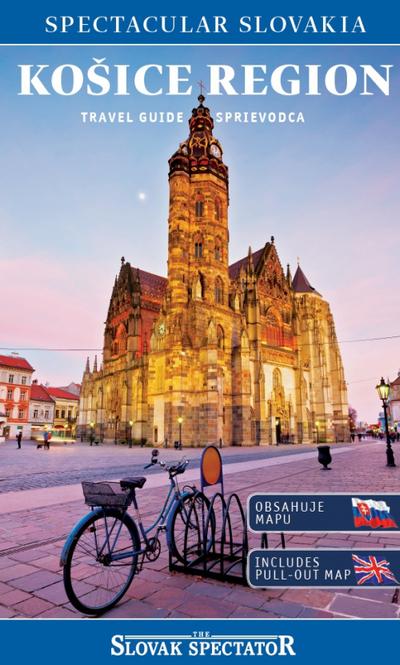
The centre of Košice is surprisingly filled with monuments, not only on Main Street, but
also in narrow side alleys. These alleys are named after craftsmen who once lived and worked there, with Mäsiarska (Butcher's), Kováčska (Smith's), and Mlynská (Mill) alleys being the most famous and significant.
However, Hrnčiarska ulica (Pottery Street) was once the liveliest. It was founded by former mayor Rudolf Schuster, who aimed to imitate the famous Zlatá ulička (Golden Lane) in Prague. Each house was meant to accommodate the family of a craftsman, who would present his work to tourists and sell his wares as souvenirs. Today, only a few workshops, cafes, and pubs remain open on the street. During our morning visit on a weekday, the street appeared deserted and somewhat neglected.
The house tags indicate the presence of a potter or a bagmaker, but the houses are quiet.
"It doesn't have its own master who would revive and promote these activities. That's why only a few people go there for crafts," says Martin Dani, director of the organisation K13 - Košice Cultural Centres.
According to Milan Kolcun, a well-known Košice tourist guide, some workshops are still operational, while others are not.
"The herbalist and the potter are still working there," he says.
Finding more in Košice than expected
Kolcun says that the summer is a weaker tourist season in the city. Companies usually organise their team buildings or congresses in May, June, or September, rather than during the summer when employees are on holiday.
"In the summer, families tend to visit the city, but they don't want to hire a tour guide because it's expensive for them," he explains.
An experienced guide like Kolcun charges €109 an hour, regardless of the number of people in the group. Others are cheaper. Kolcun explains that guided tours are not only about the city's history and monuments. He also adds new elements in the city to his tours, elements which are gradually increasing.
"The guide should give the impression that he knows a hundred times more than he says," he adds. He should also sense what the people in the group want and then adapt to them. Not everyone is interested in the collection of 15th-17th century golden coins discovered in 1935, which is known as the Košice Golden Treasure, or the writer Sándor Márai."If someone likes Art Nouveau, I will show them these monuments in particular," he explains.
Kolcun also accompanied Volvo managers, who had a practical motivation for coming: they were looking for a good kindergarten or school, as they are relocating to Košice with their families.
Recently, money from Hungary has also been flowing into Košice. Foundations linked to the Hungarian government buy monuments in the city and repair them. The Hungarian government also contributed to the new underground museum near the Lower Gate. Kolcun praises it because it helps the city attract more tourists.
According to him, the 2013 title of European Capital of Culture helped Košice become more visible in the past, as did the World Hockey Championships in 2019.
"It would be good to come up with more such events. When tourists arrive here, they are pleasantly surprised by the city. They often tell me that they find more here than they expected," he adds.
Košice breweries may surprise visitors
If you are into gastronomy and beer rather than monuments, Košice has a lot to offer. One of the oldest breweries in Slovakia, Golem, is located in the city. This pub brews its own beer and has a Golem statue, resembling the establishments in Prague. The focus is on quality craft beer.
Another interesting craft brewery in the city is Hostinec, situated in a historic building on Main Street, where beer has been brewed since the 17th century. They not only serve great beer but also offer good food.
For those interested in exploring breweries outside the city, it is worth visiting the Herrenwald craft brewery in Malá Ida. This village, akin to Záhorská Bystrica in Bratislava, is where wealthier people from Košice reside. Apart from the modern brewery, there is also a golf course.
The brewery was established in 2016 by Pavol Cangár and his father, Pavol, who started brewing beer at home in their garage. After taking a course and gaining experience at the Kalteneker brewery in Rožňava, a town 75 km away from Košice, Pavol Cangár Jr. decided to build a new modern brewery with 12 beer tanks. The brewery's name is derived from the local part of the village, Pánsky les, known as Herrenwald in German.
In addition to Malá Ida, the brewery delivers beer to Košice and other places. They distribute beer across Slovakia and collaborate seasonally with the retail chain Kaufland. The brewery also plans to expand its beer exports to the Czech Republic and collaborate with other craft breweries abroad.
"Cooperation and communication between breweries work abroad. For example, they borrow machines. Unfortunately, this does not happen in Slovakia," adds Cangár.
He also would like to expand the types of beers, such as sour varieties.
Nižná Myšľa offers skeleton and roses
If you are interested in history and want to explore the places around Košice, consider visiting the archaeological open-air museum in Nižná Myšľa. It offers guided tours of a Bronze Age settlement, featuring accurate replicas of clay houses and a burial ground with artificial skeletons. The elevated location near the Hornád River provides stunning views all the way to Hungary, making it a great spot for a leisure walk.
Patrik Stein, a guide at the museum, mentions that the site is popular among school trips and also attracts foreign visitors brought in by family members or those passionate about archaeology. Roughly a thousand visitors per month and over 6,000 annually explore the archaeological museum during the season.
For those uninterested in prehistoric replicas, a rosarium owned by the Bohuš family in Nižná Myšľa is home to beautiful roses as an alternative attraction.
Other sightseeing in Košice
Dom of St. Elizabeth is the largest Gothic cathedral in Slovakia.
Miklušova väznica (prison): a historic city prison with a torture chamber.
Executioner's bastion: the best-preserved building monument from the mediaeval city with fortifications from the 15th century.
The Urban Tower is a Gothic tower built at the turn of the 14th and 15th centuries as a bell tower.
Jacob's Palace is a late Gothic monument near the city centre.
The National Theatre is a building built in the Neo-Baroque style.
Singing Fountain is a playing fountain on Main Street. The splashing water is also coordinated with coloured lighting.
Košice Gold Treasure: the largest find of gold coins in Slovakia.
Jewish monuments: Košice has up to five Jewish synagogues and prayer rooms.
Sándor Márai Memorial Room commemorates the life and work of the Košice native and world-famous Hungarian writer.
Botanical and zoological gardens: Both gardens offer a wide selection of fauna and flora.
The Slovak Technical Museum offers rich exhibits on mining, metallurgy and cartography.
The East Slovak Museum is all about natural science and historical exhibits.
Čermeľská dolina (valley): a location for tourists, where there is also a children's railway, which is suitable for families with children.
Košice Castle: ruins of the Košice Castle remain in the woods above the city. It is being repaired by volunteers.
What to see around Košice
Turňa Castle is a ruin on a hill near the village of Turňa nad Bodvou.
Slanecký Castle is a ruin in the village of Slanec.
Zádielská dolina is the deepest gorge in Slovakia in Slovak Karst National Park, which features beautiful waterfalls and rocks.
Hájske Waterfalls is a more than 300 metre-long system of cascades.
Medzev is a small town where Germans originally lived and is full of historical monuments.
Jasov monastery and cave: The monastery is still functional, but you can book a tour there. Its library is especially interesting. There is also a large karst cave next to the monastery.
Štós is a spa specialised in respiratory diseases, and is an ideal place for hiking.
Hačava is a village with preserved traditional wooden houses.
The Herľany Geyser can be found in the village of Heľany. Water sprays there only at certain times, but up to a height of 22 metres.
Loišov dvor: a farm where they have sheep or goats and produce yoghurt and cheese.
Spectacular Slovakia travel guides
A helping hand in the heart of Europe thanks to our Slovakia travel guide with more than 1,000 photos and hundred of tourist spots.
Our detailed travel guide to the Tatras introduces you to the whole region around the Tatra mountains, including attractions on the Polish side.
Lost in Bratislava? It's impossible with our City Guide!
See some selected travel articles, podcasts, traveller infoas well as other guides dedicated to Nitra, Trenčín Region, Trnava Region and Žilina Region.



